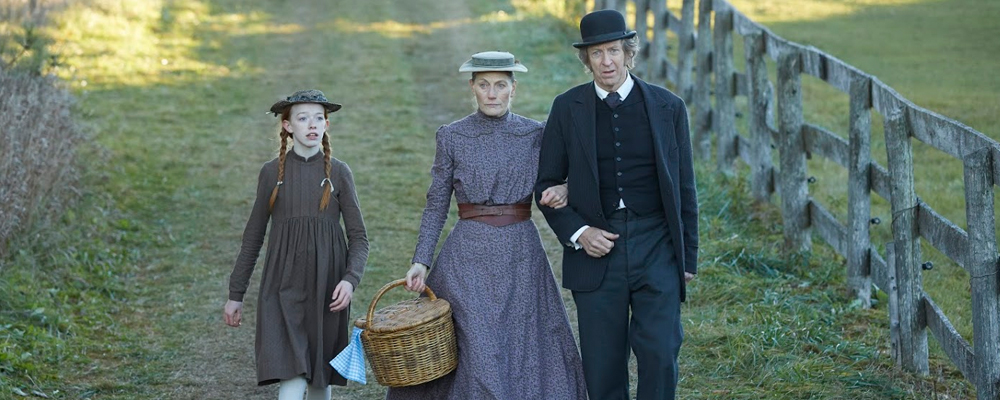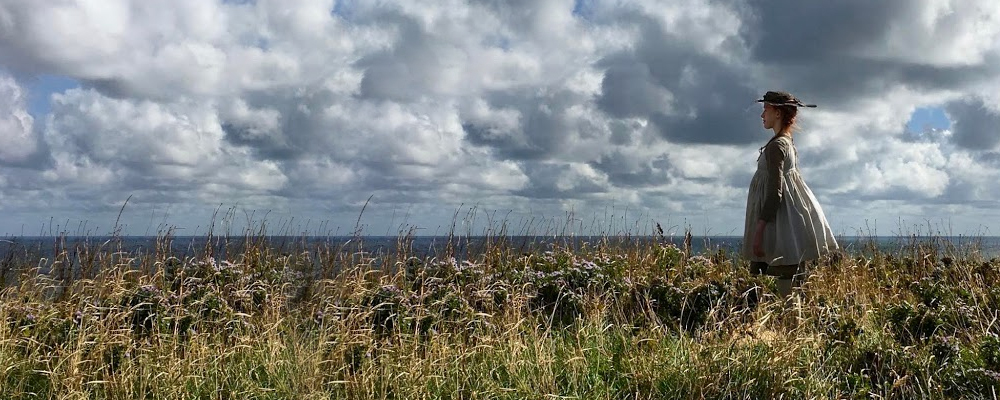‘Anne With an E’ Is a Darker, Grittier Retelling of ‘Anne of Green Gables’
Monet Clayton
There is a reason that — despite the many adaptations in film and television of Lucy Maud Montgomery’s beloved novel “Anne of Green Gables” — it is Kevin Sullivan’s 1985 miniseries, starring Megan Follows, that remains a canonical classic, and the quintessential Anne story onscreen. Montgomery’s writing is lithe and engaging, full of warmth and wit that is never saccharine, but never too dark. It’s a tough line to walk, and whereas PBS’s recent “Anne” movie edged too close to sugary sweet, Netflix’s “Anne with an E” goes the opposite direction towards a darker and grittier telling.
There are many ways to interpret Anne (Amybeth McNulty) and her turn-of-the-20th-century setting setting, and “Anne with an E” maintains some of her core traits: she’s a pre-teen chatterbox with a vivid sense of the world around her, and she retreats into her imagination as a coping mechanism for the sadness she’s had to endure. Orphaned as an infant, Anne has spent her life being shuffled from one over-crowded house to another, taking care of parcels of children in the role of servant and scapegoat. “Anne with an E” delves more into this, as well as Anne being bullied at the orphanage, all of which sets up a much more desperate protagonist than we’ve ever seen before.
As such, this Anne is forcefully manic, overtly manipulative, and almost uncomfortably worldly. She’s much scrappier here, both in personality and appearance. It’s something that Rachel Lynde (Corinne Koslo) points out early on, along with a note about Anne’s hair being “red as carrots” (her trigger words) that sends Anne flying off into a rage of truth-bombing and tears. And while in the books “carrots” is about as cruel anyone gets, in this adaptation no one (adult nor child) seems to have any trouble saying terrible things to Anne’s face, calling her a “garbage girl” and musing loudly if she came from an asylum.
Seeing Anne running through the fields around Green Gables under a dark, overcast sky feels more Brontë than Montgomery (an allusion Anne herself makes), and it’s a tone that the series sets early on. As she makes her way to Avonlea by train, Anne looks out along the rugged Canadian landscape and, at the sound of a wailing baby, has a flashback to the abuses suffered by her previous adoptive families and her time at the orphanage. Written by “Breaking Bad’s” Moira Walley-Beckett, “Anne with an E” augments the shadows of Montgomery’s story by having Anne’s tale be one of a trauma survivor, making her desire to stay at Green Gables all the more intense.
Where “Anne with an E” does its best work though is in that complicated home that Anne finds herself a part of in Avonlea. Delivered mistakenly by an old bachelor and his spinster sister who were looking to adopt a boy to help with farm work, Anne tries her hardest to prove herself worthy of not being sent back. Here the work is at its most feminist, as Anne asserts an “anything boys can do I can do better” speech, touting her strength and hard-working attitude (a modern take that is reflected in the series’ pop-rock theme song). Both Marilla Cuthbert (Geraldine James) and her brother Matthew (R.H. Thomson) are taken aback by this whirling dervish of an orphan child, and the first two episodes spend a great deal of time on the stern Marilla being wishy-washy about whether or not to send Anne back after all.
“Anne with an E” is undeniably the most stylish adaptation we’ve ever seen of “Anne of Green Gables.” But its desire to reveal more of Anne’s miserable past to be more true to what the desperation of an orphan is like feels at odds with Montgomery’s story. Once Anne arrives at Green Gables, it’s a spiritual transformation. She is given hope and new focus on fulfilling her dreams of friendship, education, and both familial and romantic love. As Anne herself says, she prefers imagining to remembering, but remembering is much of what “Anne with an E” seems to focus on. Instead, one wishes to imagine a brighter tale. One where Anne is free to follow her flights of fancy by “The Lake of Shinning Waters” and the “White Way of Delight” — two of the beautiful pieces of the island she renamed to suit what should be her new, shimmering world.
“Anne with an E” premieres on Netflix May 12.



